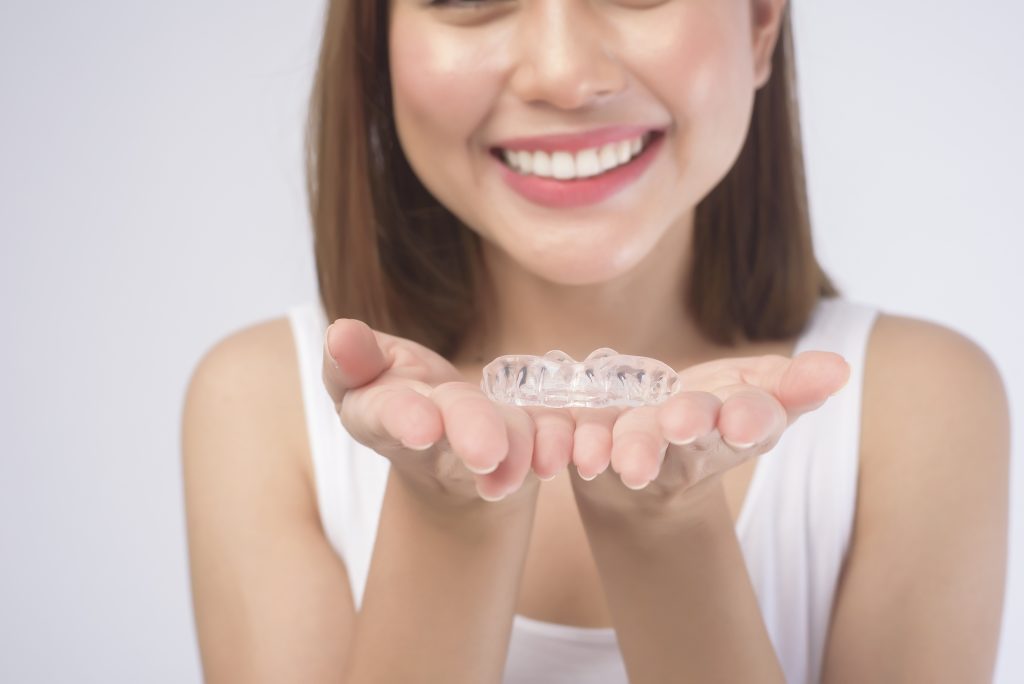Orthodontics

Orthodontics focuses on diagnosing, preventing, and correcting misaligned teeth and bite issues to enhance both dental function and appearance. Properly aligned teeth contribute to better oral health by making it easier to clean between teeth and reducing the risk of decay, gum disease, and jaw discomfort. Orthodontic treatment can also correct bite problems, such as overbites, underbites, and crossbites, improving overall chewing efficiency and speech clarity.
Orthodontic care goes beyond aesthetics, addressing structural concerns that can affect long-term oral health. By straightening teeth and adjusting bite alignment, orthodontic treatments help reduce the likelihood of tooth wear, jaw pain, and other complications. With advancements in orthodontic technology, there are now more discreet and comfortable options available to suit various lifestyles and preferences.
Traditional Braces
Traditional braces remain one of the most effective solutions for correcting a wide range of dental alignment issues. These braces consist of metal or ceramic brackets attached to the teeth and connected by wires, which are adjusted periodically to gradually shift the teeth into their ideal positions. Traditional braces are highly versatile and can address even complex alignment problems, including significant crowding, spacing, and bite issues.
While metal braces are the most common option, ceramic braces offer a more discreet alternative. They use tooth-colored brackets that blend in with the natural teeth, making them less noticeable. Traditional braces are often recommended for patients with severe misalignment or complex bite problems because they provide consistent and predictable results. Although they require regular adjustments and some lifestyle adjustments, the long-term benefits far outweigh the temporary inconvenience.
Invisalign
Invisalign is a modern orthodontic solution that has revolutionized the way teeth are straightened. Instead of brackets and wires, Invisalign uses a series of clear, custom-made trays that gradually move the teeth into their desired positions. These trays are virtually invisible when worn, making Invisalign a popular choice for individuals seeking a more discreet orthodontic option.
One of the key advantages of Invisalign is its removability. Unlike traditional braces, Invisalign trays can be taken out during meals and for brushing and flossing, making it easier to maintain good oral hygiene throughout treatment. Invisalign is suitable for addressing various alignment issues, including mild to moderate crowding, spacing, and bite irregularities. The treatment process typically involves changing trays every one to two weeks, with regular check-ins to monitor progress. Invisalign offers a comfortable and convenient alternative to traditional braces, especially for adults and teens who prefer a more subtle approach to orthodontic care.
Retainers
Retainers are an essential part of orthodontic care, worn after the completion of braces or Invisalign treatment to maintain the results achieved. Once teeth have been moved into their new positions, they tend to shift back over time without proper retention. Retainers help prevent this from happening, ensuring that the investment in orthodontic treatment is preserved.
There are two main types of retainers: fixed and removable. Fixed retainers consist of a thin wire bonded to the back of the teeth, providing permanent retention. Removable retainers, such as Hawley or clear retainers, can be taken out for cleaning and are typically worn at night. Retainers play a critical role in maintaining a straight smile and preventing future misalignment. Consistent use of retainers ensures long-term stability and helps patients enjoy the benefits of their orthodontic treatment for years to come.
Orthodontics plays a crucial role in achieving and maintaining a healthy, functional, and attractive smile. With various treatment options available, including traditional braces, Invisalign, and retainers, individuals can find a solution that fits their needs and lifestyle. Investing in orthodontic care not only enhances appearance but also promotes better long-term oral health. By addressing misalignment and bite issues, patients can enjoy the benefits of improved confidence, comfort, and dental function for a lifetime.
